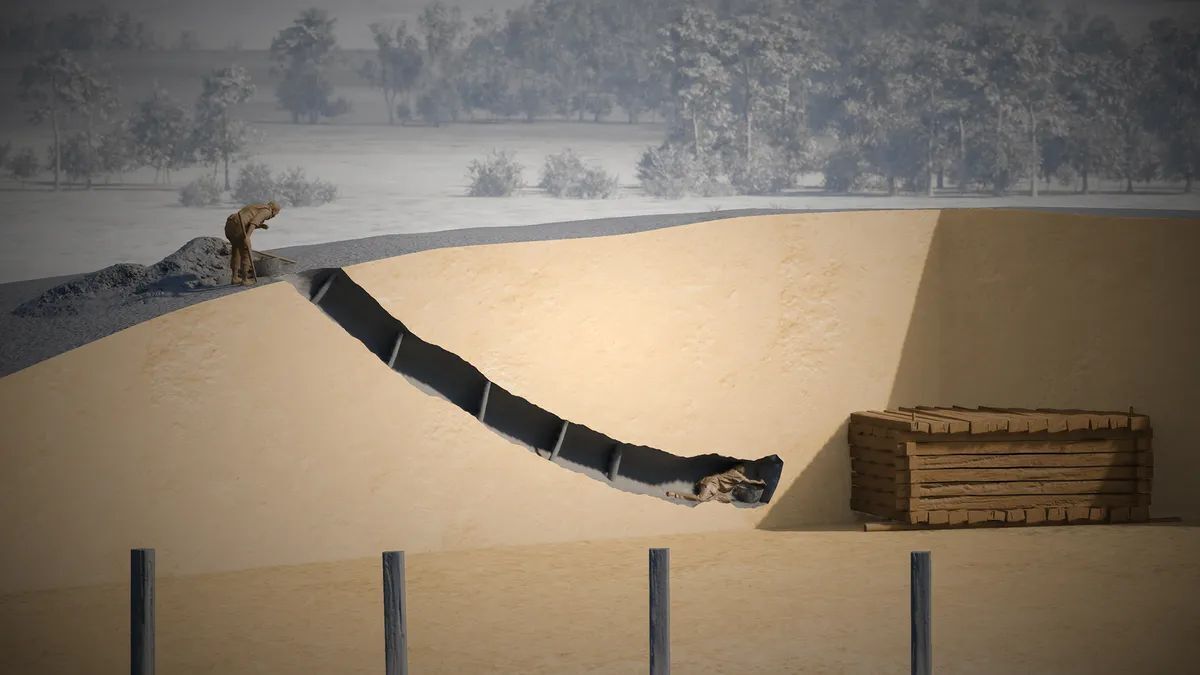News
In Germany, a 2600-year-old Celtic burial chamber was unearthed, preserved in perfect condition. Photo
Archaeologists in Germany have discovered an impeccably preserved wooden burial chamber in the center of a huge mound from the early Celtic period. It is over 2600 years old.
Scientists call this discovery a "blessing for archaeology." It was found near the city of Riedlingen, and is only the second well-preserved Celtic burial chamber in the country, Live Science writes.
Wood buried underground in dry or normal conditions usually decomposes over decades, at most. This makes such discoveries rare, prompting experts to call this Celtic burial site a find of outstanding scientific importance.
"The Riedlingen Tomb is a lucky break for archaeology," said Dirk Krauss, State Archaeologist of Baden-Württemberg, during a press conference.
The ancient Celts lived in continental Europe as far as modern Turkey and included various groups, including the Gauls in what is now France and the Celtic people in the Iberian Peninsula. Their original homelands are believed to have included parts of France, the Czech Republic, and southern Germany, where this tomb was found.
The large chamber was approximately 3.4 meters wide and 4 meters high. Its floor, walls, and ceiling were constructed of massive oak wood, which was exceptionally well-preserved due to moist conditions from groundwater and aquifers. This would have protected the wood from exposure to oxygen, which leads to decay.
The chamber was discovered in the center of a huge mound 65 meters in diameter and almost 6 meters high. Archaeologists have identified the entire complex as one of the few princely mounds that the Celts in southwestern Germany built for elite individuals between 620 and 450 BC.
The preserved wood will allow archaeologists to use tree-ring dating to determine the exact year of the chamber. So far, they have dated the wood of what may be a tool left behind by Celtic builders to 585 B.C. This, among other observations, has led archaeologists to speculate that the burial chamber was also built that year.
Despite the strong structure of the mound, the ancient robbers were able to penetrate it. The excavations showed that the grave robbers built two tunnels there and made an entrance hole in the chamber ceiling, which may explain the lack of valuables in the tomb. The team also found several nails in one of the looters' tunnels. They may have come from a four-wheeled chariot buried with the deceased, a custom that has been seen in other princely Celtic tombs.
Only verified information is available on the OBOZ.UA Telegram channel and Viber. Do not fall for fakes!






























